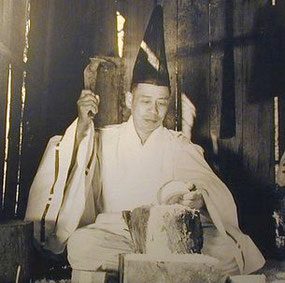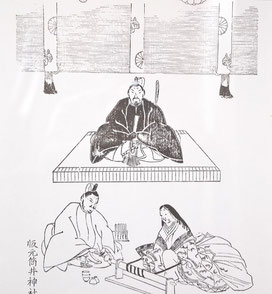Kijishi wood turner

Kijishi wood turners, who are also called kijiya or rokuro-shi, are a group of artisans who produce wooden bowls in various places throughout Japan.
From the Heian Period to shortly before the Meiji Period, kijishi moved from forest to forest in small groups without any restriction to cut and process wood to make daily utensils including vessels, trays, bowls, and Buddhist items. After the Meiji Period, they began staying in one place to build the foundations of lacquerware production in each settlement.
Story of Prince Koretaka

The story tells that wood utensils made using turners was introduced by Prince Koretaka to his servants and villagers.
Due to the authority of the prince, kijishi were licensed to freely cut the trees above the seventh station in the mountain.

Also, the kijishi family were allowed to use Okura or Ogura from the area they were based in as a sir name before the Meiji Period when the majority of the population did not use sir name since they were the descendants of the Prince’s servants.
I grew up hearing this story over and over again. Although this story is a type of folklore, there are shrines and temples relating to the birth of kijishi culture in Shiga Prefecture.


